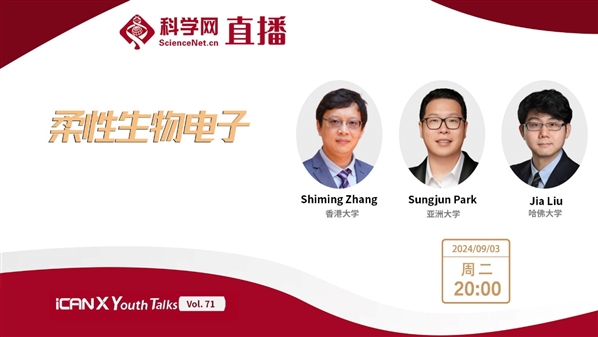
直播时间:2024年9月3日(周二)20:00-22:00
直播平台:
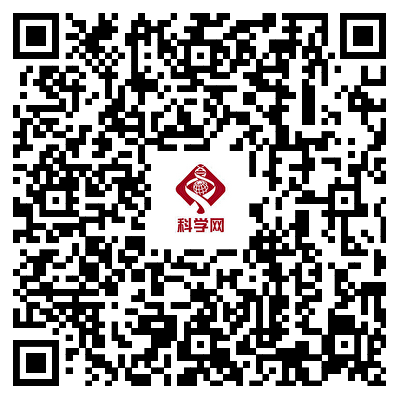
科学网APP
https://weibo.com/l/wblive/p/show/1022:2321325074526466605192
(科学网微博直播间链接)

科学网微博

科学网视频号
北京时间9月3日晚八点,iCANX Youth Talks第七十一期邀请到了香港大学张世明,亚洲大学Sungjun Park,哈佛大学刘嘉三位教授主讲,清华大学徐晓敏作为研讨嘉宾,广东以色列理工学院王燕担任主持人,期待你一起加入这场知识盛宴。
【嘉宾介绍】
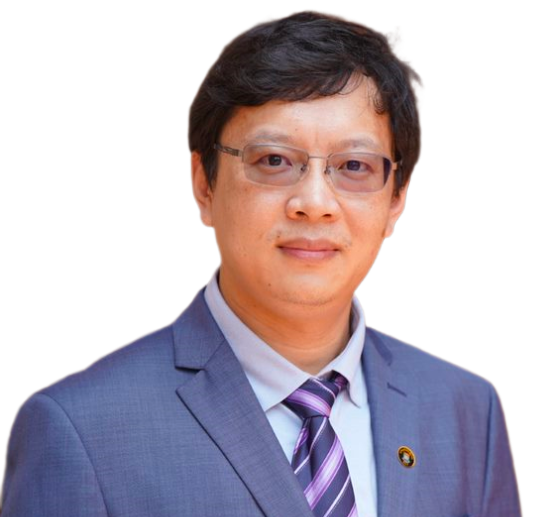
Shiming Zhang
香港大学
Tissue-like microelectronics linking humans and machines
【Abstract】
Wearable bioelectronic research has reached a new level for their potential to enable real-time body monitoring towards digital health and AI medicine. The emergence of soft bioelectrochemical technologies has further enabled a seamless interface between research tools and biological tissues, allowing for the collection of high-quality and more informative biochemical signals at their origin, even under prolonged use and arbitrary motions. However, the sensitivity of conventional soft bioelectrochemical sensors shows incapability when used in complicated and noisy wearable scenarios. In this talk, I will introduce materials, devices, and manufacturing of an emerging tissue-like microelectronic technology, tissue-like organic electrochemical transistors (OECTs) [1-3]. I will discuss how tissue-like OECTs can enrich the toolbox of current bioelectrochemical sensors and electronics to promote translational biomedical innovations, spanning from smart wearables, medical imaging, brain-inspired computing, to human-machine interfacing.
可穿戴生物电子在实时人体监测、数字健康和AI医学领域有巨大应用潜力。类组织软体生物电化学技术的出现为实现研究工具与生物组织之间的无缝接口提供了可能[1-3],使其能够在原位收集高质量且更具信息性的生化信号。然而,传统软体生物电化学传感器的灵敏度在复杂和嘈杂的可穿戴场景中表现出不足。在此次报告中,我将介绍一种新兴的类组织仿生微电子技术——类组织有机电化学晶体管(OECTs)。我将介绍开发此类技术的材料、制备及系统级集成应用。我将探讨相比与传统生物电化学传感器,类组织OECTs技术如何能推动生物医学创新:从智能可穿戴设备、医学成像、类脑计算、到人机交互。
【BIOGRAPHY】
Shiming Zhang is currently an assistant professor at the University of Hong Kong (HKU), leading the Wearable research group. He has a transdisciplinary training record across the fields of microelectronics (Bachelors), electrochemistry (PhD), and biomedical engineering (Postdoc), making him uniquely qualified for wearable bioelectronic research. He currently holds cross-departmental appointments at HKU Engineering, HKU Medical School, HKU Shenzhen Hospital, and the Terasaki Institute affiliated at the University of California, Los Angeles (UCLA). These resourceful, complementary, and collaborative research environments, with Prof. Zhang as the coordinator, have led to the development of the first wearable biosensing platform at HKU (the PERfECT wearable platform) [4,5].References:[1] Zhang Shiming, et al., Nature, 2018[2] Zhang Shiming*, et al., IEEE Electron Device Letters, 2021[3] Zhang Shiming et al., Nature Machine Intelligence, 2023[4] Zhang Shiming*, et al., Science Advances, 2024[5] Zhang Shiming*, et al., Nature Electronics, 2024
张世明目前是香港大学电机电子工程系的助理教授,并担任香港大学智能可穿戴技术实验室的首席研究员。他曾在中国吉林大学(电子学、学士),加拿大蒙特利尔大学(电化学、博士),和美国加州大学洛杉矶分校(生物医学、博士后)从事研究工作。高度跨学科的受训背景,促使他领导的课题组率先开发了基于有机电化学晶体管(OECT)技术的全集成可穿戴生物传感平台——PERfECT可穿戴平台[4-5]。张教授担任多个国际期刊的专题编辑,包括《Advanced Science》和《Biosensors》,并曾在美国MRS、欧洲EMRS和国际IEEE等顶级会议上担任组织者、会议主席和受邀参会人。他在类组织OECT技术和水凝胶晶体管技术方面的开创性工作,为他赢得了包括国际期刊《Advanced Science》的“Rising Star Award”、加拿大自然科学与工程委员会“Vanier Canada Scholar”,以及香港研究资助局(RGC)新进学者协作研究金(YCRG)等多项荣誉。
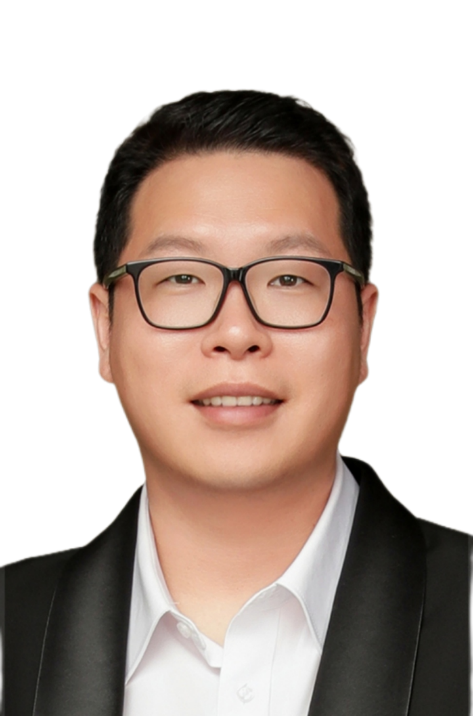
Sungjun Park
亚洲大学
Ultra-flexible Skin-compatible Organic Optoelectronic Devices
【ABSTRACT】
Ultra-flexible organic optoelectronic devices offer groundbreaking possibilities for next-generation biomedical and wearable technologies, particularly within the Internet of Things framework. The inherent flexibility of organic materials, combined with their cost-effective and efficient processing techniques, has accelerated the development of flexible electronic materials and devices. Enhancing their electronic capabilities and mechanical resilience should be focused on to fully exploit the potential of these human-centric wearables and sensors. In this talk, I will present a detailed overview of the latest milestones and ongoing challenges in the realm of ultra-flexible organic opto-electronics. Our discussion will highlight early results from strategic material choices and structural engineering aimed at creating energy harvesters and sensors compatible with human skin. Ensuring these devices maintain their photonic and electrical integrity under mechanical stress is paramount. By sharing our discoveries, we aim to stimulate further research, enriching the evolution of ultra-flexible electronics across various sectors, including wearables, primary healthcare, medical diagnostics, and AR/VR motion detection. Through persistent innovation, we can seamlessly integrate cutting-edge electronics into everyday experiences, enhancing quality of life and expanding technological horizons.
超柔性有机光电子器件为下一代生物医学和可穿戴技术,特别是在物联网框架内,提供了开创性的可能性。有机材料固有的柔韧性,加上它们成本效益高且高效的加工技术,加速了柔性电子材料和器件的发展。为了充分利用这些以人为本的可穿戴设备和传感器的潜力,应集中提高它们的电子能力和机械韧性。在本次演讲中,我将详细介绍超柔性有机光电子领域的最新里程碑和持续挑战。我们的讨论将重点介绍战略性材料选择和结构工程的早期结果,旨在创建与人体皮肤兼容的能量收集器和传感器。确保这些设备在机械应力下保持其光子和电气完整性至关重要。通过分享我们的发现,我们旨在激发进一步的研究,丰富超柔性电子在各个领域的发展,包括可穿戴设备、初级医疗保健、医疗诊断以及AR/VR运动检测。通过持续创新,我们可以将尖端电子技术无缝集成到日常体验中,提高生活质量并拓宽技术视野。
【BIOGRAPHY】
Prof. Sungjun Park is an Associate Professor in the Department of Electrical and Computer Engineering and the Department of Intelligence Semiconductor Engineering at Ajou University, Republic of Korea. He earned his PhD in 2016 from the School of Materials Science and Engineering at the Gwangju Institute of Science and Technology, Republic of Korea. Before joining Ajou University in 2020, he conducted postdoctoral research at RIKEN in Japan and worked as a Senior Researcher at the Samsung Advanced Institute of Technology (SAIT) in the Republic of Korea. Prof. Parks research focuses on developing novel solution-processed electronic materials and integrating them into flexible and stretchable electronics for wearable sensors and biomedical applications. He has published extensively in top international journals, including Nature, Nature Nanotechnology, Nature Energy, Materials Science and Engineering: R: Reports, Advanced Materials, Advanced Functional Materials, Proceedings of the National Academy of Sciences (PNAS), ACS Nano and Small. He also serves as the lead guest editor (GE) for the npj Flexible Electronics collection. Beyond his academic achievements, Prof. Park holds 18 U.S. patents and has successfully completed three technology transfers to industry, amounting to approximately $0.3 million USD since 2021. He can be reached via email at sj0223park@ajou.ac.kr.
Sungjun Park教授是韩国亚洲大学电气与计算机工程系和智能半导体工程系的副教授。他在2016年从韩国光州科学技术院材料科学与工程学院获得了博士学位。在2020年加入亚洲大学之前,他在日本理化学研究所进行了博士后研究,并在韩国三星先进技术研究院(SAIT)担任高级研究员。朴教授的研究重点是开发新型溶液处理的电子材料,并将它们集成到柔性和可拉伸的电子器件中,用于可穿戴传感器和生物医学应用。他在包括《自然》、《自然纳米技术》、《自然能源》、《材料科学与工程报告》、《先进材料》、《先进功能材料》、《美国国家科学院院刊》(PNAS)、《美国化学会纳米》和小尺寸等顶级国际期刊上发表了大量论文。他还担任npj Flexible Electronics系列的主要客座编辑(GE)。除了学术成就外,朴教授持有18项美国专利,并自2021年以来成功完成了三次技术转移至产业界,总计约30万美元。他可以通过电子邮件 sj0223park@ajou.ac.kr 联系。
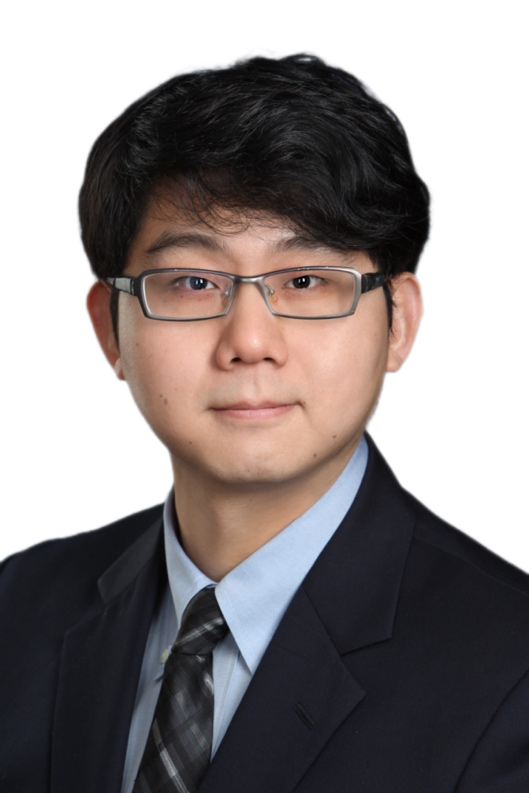
Jia Liu
哈佛大学
Soft and flexible bioelectronics for brain-machine interfaces
【ABSTRACT】
Biological organisms often possess remarkable multifunctionality through intricate structures, such as the concurrent shape-morphing and stiffness-variation in octopus. Soft robots, which are inspired by natural creatures, usually require the integration of separate modules to achieve these various functions. As a result, the whole structure is cumbersome and the control system is complex, often involving multiple control loops to finish the required task. In this talk, inspired by the biological creatures in nature, I introduce soft robotic structures that can vary stiffness and change shape simultaneously in a highly-integrated compact body. The robotic structure is enabled by the inversely designed programmable unit cells. After fabrication, the robotic structure is inherently soft and flexible. When actuated by confining pneumatic pressure or tendons, it transitions to its designated shape and becomes stiff concurrently. I demonstrate the versatility of our design through practical applications including a soft amphibious robot that can complete a series of tasks including ground crawling, swimming, narrow channel passing, obstacle overcoming, and load bearing, as well as a drone landing system adaptable to varying loads for protection. I further showcase their potentials in assistive wearable devices. With these examples, we aim to create opportunities for future soft robots that are highly-integrated and mimic multifunctional biological organisms.
通过脑机接口进行大规模脑图谱测绘对于解码神经元活动、解决神经系统疾病以及开发先进的计算机及人工智能至关重要。但是,完善脑机接口技术本身也面临巨大的科学研究和工程技术的挑战。对于生物系统的测量,最基本的需求是在特定的时间、空间和生物体的行为下研究具有特定基因型的细胞和细胞网络的活性。对于大脑系统而言,重要的功能性认知活动的构建和发生往往持续数月甚至数年,并且需要多个不同脑区在三维空间,全脑尺度下协同作用。同时,构建这些认知活动的电化学脉冲动作电位又发生在毫秒量级并且被限定在多达数十亿、多种基因表型、实时变化且只有微纳米尺度的神经元和突触中。因此,最终脑图谱绘制的目标是要以单细胞分辨率、毫秒级时间分辨率和细胞类型特异性同时记录数百万甚至数十亿神经元的活动,覆盖大脑发育、学习和衰老过程中的三维脑组织。在本次报告中,我将首先介绍具有同生物组织力学性能一致的柔性和柔软生物电子器件。这些生物电子器件可以在动物整个成年期内跟踪大脑中同一神经元的电生理活动。我将讨论使用柔软电子材料构建生物电子器件的基本限制,并介绍我们如何克服这些限制的策略,从而实现大规模、长期稳定的柔性脑机接口。接下来,我将介绍如何通过在二维干细胞组织培养中嵌入可拉伸的网状电极阵列,通过二维到三维器官发育重组,实现“赛博生物”的创建。我也将讨论如何利用赛博技术,实现在人体大脑类器官和动物胚胎大脑发育过程中进行连续的三维电生理学研究。然后,我将重点介绍我们当前将三维单细胞空间转录组学、机器学习和电记录相结合的努力,从而实现细胞类型特异性的脑活动图谱。最后,我将展望如何有效地融合柔性生物电子学、空间转录组学与人工智能,以构建全方面的大脑单细胞功能空间图谱以增强未来脑机接口的应用。
【BIOGRAPHY】
Professor Liu received his PhD in Chemistry from Harvard University in 2014, after which he completed postdoctoral research at Stanford University from 2015-2018. He joined the faculty at the Harvard School of Engineering and Applied Sciences as an Assistant Professor in 2019. At Harvard University, Professor Liu’s lab focuses on the development of soft bioelectronics, cyborg engineering, genetic/genomic engineering, and computational tools for addressing questions in brain-machine interfaces, neuroscience, cardiac diseases, and developmental disorders. Professor Liu has pioneered in bioelectronics where he developed new paradigms for soft electronic materials and nanoelectronics architectures for “tissue-like electronics”, as well as their applications for long-term stable brain-machine interface, high-density cardiac mapping, stem cell maturation, and multimodal spatial biology. His work has been recognized as a milestone in bioelectronics by Science in 2013 and 2017, and as Most Notable Chemistry Research and Top 10 World-Changing Ideas in 2015. He has received numerous awards for his independent career, including the 2022 Inventors Under 35 (Global List) by MIT Technology Review, the 2022 Young Investigator Program (YIP) Award from the Air Force Office of Scientific Research (AFOSR), the 2021 NIH/NIDDK Catalyst Award from the NIH Director’s Pioneer Award Program, the 2020 William F. Milton Award, and the 2019 Aramont Award for Emerging Science Research Fellowship. He is also the cofounder and scientific advisor of Axoft, Inc., a brain-machine interface company.
刘嘉教授2009年本科毕业于复旦大学(导师赵东元院士),2014 年获哈佛大学博士学位(导师Charles M. Lieber 教授),之后在斯坦福大学化学工程系和生物工程系从事博士后研究(导师Zhenan Bao教授, Karl Deisseroth教授)。2019年加入哈佛大学工程与应用科学学院担任助理教授。在哈佛大学,刘教授的实验室致力于开发柔性生物电子学、赛博科技、多模态空间组学和计算生物学工具,以解决包括脑机接口、神经科学、心脏疾病和发育障碍中的科学问题。刘教授在生物电子学领域开创了“tissue-like electronics”,并将其应用于长期稳定的脑机接口、高密度心脏图谱绘制、类器官和多模态空间生物学。他的工作在2013年和2017年被Science杂志认可为生物电子学的里程碑,并在2015年被评为最重要的化学研究和改变世界的十大创意。他在独立职业生涯中获得了诸多奖项,包括2022 Inventors Under 35 (Global List) by MIT Technology Review, the 2022 Young Investigator Program (YIP) Award from the Air Force Office of Scientific Research (AFOSR), the 2021 NIH/NIDDK Catalyst Award from the NIH Director’s Pioneer Award Program、等。他还是脑机接口公司Axoft, Inc.的联合创始人和科学顾问。
【主持人】
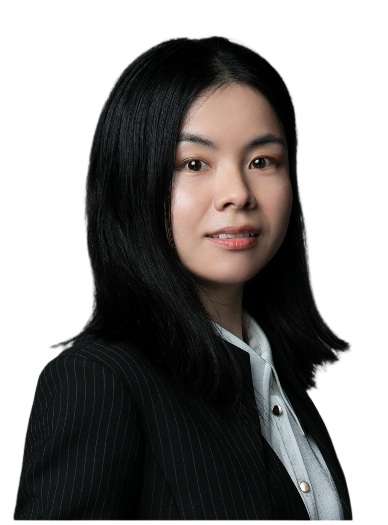
Yan Wang
广东以色列理工学院
【研讨嘉宾】
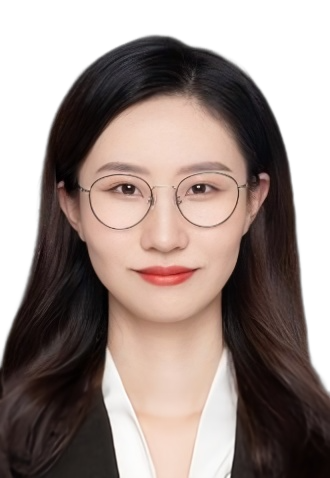
Xiaomin Xu
清华大学
特别声明:本文转载仅仅是出于传播信息的需要,并不意味着代表本网站观点或证实其内容的真实性;如其他媒体、网站或个人从本网站转载使用,须保留本网站注明的“来源”,并自负版权等法律责任;作者如果不希望被转载或者联系转载稿费等事宜,请与我们接洽。